Helen Frankenthaler: Radical Beaut – this may be ‘the show of the season’
What the critics are saying about this Dulwich Picture Gallery exhibition of 36 finished woodcut prints
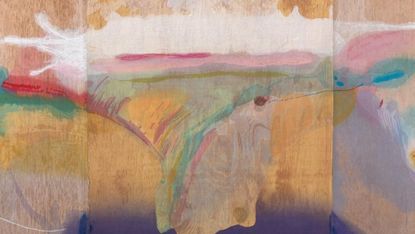
Helen Frankenthaler (1928-2011) was “one of the great postwar abstract painters”, said Ben Luke in the London Evening Standard. In the 1950s, she was one of the pioneers of a style that came to be known as “colour field painting”.
It built on the achievements of the abstract expressionists; but where works by the likes of Jackson Pollock and Mark Rothko were totemic and grandiose, Frankenthaler’s were composed of “watery stains, organic arcs and glowing blocks of colour”.
Her paintings earned her great renown, yet in 1973, she started experimenting with a very different medium: woodcuts, a discipline that, unlike painting, involves a “rigid, laborious process and linear imagery”: prints must be transferred from heavy blocks of wood directly onto paper, requiring great physical effort and precision.
Subscribe to The Week
Escape your echo chamber. Get the facts behind the news, plus analysis from multiple perspectives.
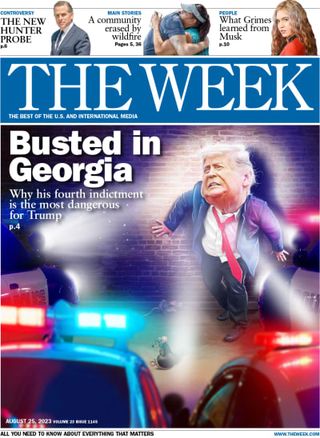
Sign up for The Week's Free Newsletters
From our morning news briefing to a weekly Good News Newsletter, get the best of The Week delivered directly to your inbox.
From our morning news briefing to a weekly Good News Newsletter, get the best of The Week delivered directly to your inbox.
For an artist as instinctive and poetic as Frankenthaler, the switch seemed almost “perverse”. Yet as this exhibition of 36 finished woodcut prints (and various preparatory experiments) shows, it produced some “extraordinarily bold, innovative” images. Frankenthaler revolutionised a centuries-old tradition to create some sublime work. This show is profoundly “luminous and illuminating”.
For anyone interested in woodcutting, there is “much to delve into” here, said Waldemar Januszczak in The Sunday Times. A print called Essence Mulberry, for instance, is accompanied by half a dozen trial proofs that reveal much about Frankenthaler’s working methods. Yet for all the “crazy complexity” her practice entailed, the pictures themselves are underwhelming.
Her earliest woodcut, 1973’s East and Beyond, is a “blob of beige ringed with slivers of black, blue, red and green” that “delivers almost nothing in the way of a memorable image”. Freefall (1993) is over six feet high – “a big drench of blue framed with jagged black shapes”, made from 21 wood blocks. Pretty as they are, these works are “simply not worth the enormous communal effort that went into producing them”.
I disagree entirely, said Laura Cumming in The Observer. The show is a sequence of 36 visions of such “overwhelming beauty” that “the urge is to remain there all day. It is like being surrounded by some ever-changing song.” The prints are abstract, but evoke nature.
Best of all are the three versions of Madame Butterfly (2000) – a painting, a trial print and the final woodcut – which by turns evoke “the bright Sun dissolving into light”, a haze of “smoky air” and “an afterlife beyond the passions of this one”. Make no mistake: this may be “the show of the season”.
Dulwich Picture Gallery, London SE21 (020-8693 5254, dulwichpicturegallery.org.uk). Until 18 April
Create an account with the same email registered to your subscription to unlock access.
Sign up for Today's Best Articles in your inbox
A free daily email with the biggest news stories of the day – and the best features from TheWeek.com
-
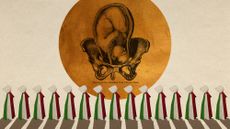 Italian senate passes law allowing anti-abortion activists into clinics
Italian senate passes law allowing anti-abortion activists into clinicsUnder The Radar Giorgia Meloni scores a political 'victory' but will it make much difference in practice?
By Chas Newkey-Burden, The Week UK Published
-
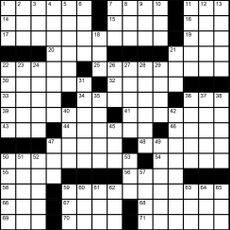 Magazine interactive crossword - May 3, 2024
Magazine interactive crossword - May 3, 2024Puzzles and Quizzes Issue - May 3, 2024
By The Week US Published
-
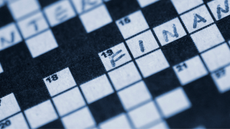 Magazine solutions - May 3, 2024
Magazine solutions - May 3, 2024Puzzles and Quizzes Issue - May 3, 2024
By The Week US Published
-
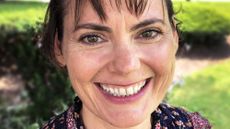 Sarah Langan recommends 6 women-centric horror books
Sarah Langan recommends 6 women-centric horror booksFeature The horror novelist recommends works by Stephen King, Gillian Flynn, and more
By The Week US Published
-
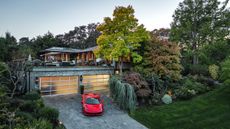 6 spacious homes for car lovers
6 spacious homes for car loversFeature Featuring a 14-car showroom in Oregon and a Bentley-style apartment in Florida
By The Week Staff Published
-
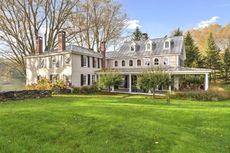 6 serene homes in Vermont
6 serene homes in VermontFeatures Featuring a four-level Shaker barn in Hartland and a Scandinavian-inspired home in Stowe
By The Week US Published
-
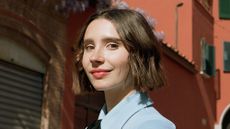 Amanda Montell's 6 favorite books that will expand your knowledge
Amanda Montell's 6 favorite books that will expand your knowledgeFeature The linguist recommends works by Mary Roach, Alice Carrière, and more
By The Week US Published
-
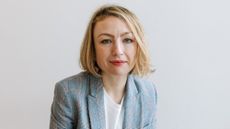 Rowan Beaird recommends 6 compelling books from the 1950s
Rowan Beaird recommends 6 compelling books from the 1950sFeature The author recommends works by Patricia Highsmith, Shirley Jackson, and more
By The Week US Published
-
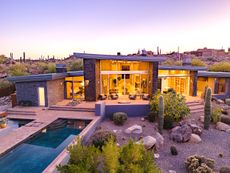 6 spacious homes with great rec rooms
6 spacious homes with great rec roomsFeature Featuring a suspended fireplace in Arizona and a marine-themed home in Maine
By The Week Published
-
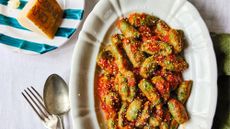 Recipe: gnocchi di spinaci (spinach gnocchi)
Recipe: gnocchi di spinaci (spinach gnocchi)The Week Recommends Forget the potatoes for this gnocchi made of the 'classic combination' of spinach and ricotta
By The Week UK Published
-
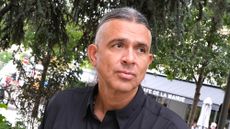 Stephen Graham Jones' 6 scary books with deeper meanings
Stephen Graham Jones' 6 scary books with deeper meaningsFeature The best-selling author recommends works by Stephen King, Sara Gran, and more
By The Week US Published